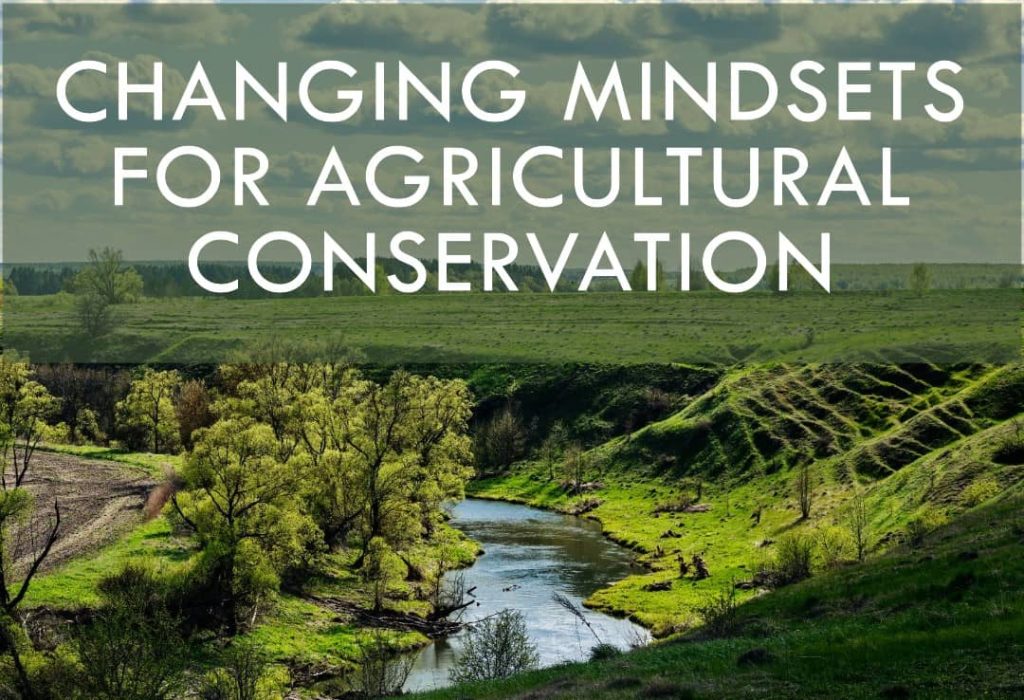Soil Conservation: A Social Imperative
Dr. Michael Woods, executive director of the Association of Illinois Soil & Water Conservation Districts, penned a thought-provoking letter to the Illinois Times in response to David Blanchette’s recent article on the inaugural Illinois Grazing Lands Coalition conference. Blanchette’s piece, “Grass is good for land, livestock, and livelihoods,” explored the benefits of sustainable grazing practices.
“When you’re unaware of another way, you often have this reservation about change. It begins with the transformation of the mind before we can transform our practices.” – Allen Williams, a founding partner of Understanding Ag
In his letter, Dr. Woods emphasizes that agricultural conservation is fundamentally a social phenomenon, not merely a scientific challenge. While threats to Illinois’ land and waterways stem from various political, economic, and cultural factors, the crux of the matter lies in the choices and values of people – producers and landowners.
As Blanchette’s article highlighted, conservation practices are a manifestation of human beliefs and habits, prioritization of investments, and the willingness to embrace change. The consequences ripple far beyond local regions, impacting rural and urban communities alike, as well as farmers’ livelihoods and human lives.
Farmer and rancher Mr. Crum, from Cass County, aptly stated, “You can’t implement what you do not know. Once you are aware and have a clear understanding of how to do this, you’re going to do it.” Despite decades of guidance, education, and cost-share assistance from local Soil and Water Conservation Districts, many producers and landowners continue to neglect proven conservation practices.
While billions of dollars are invested in protecting waterways and rebuilding soil, Dr. Woods argues that field-level efforts are not advancing at the pace needed to address the Illinois Nutrient Loss Reduction Strategy. The root cause of this limited progress lies in ignoring the social factors that influence people’s choices.
Conserving agricultural lands and waterways necessitates changing the way people perceive and implement proven practices, such as cover crops, reduced tillage, and regenerative livestock production. It is a social process with consequences not only for soil health and water quality but also for producer and landowner livelihoods.
To truly advance effective, lasting, and equitable solutions, Dr. Woods calls for increased political leadership and state investments in the 97 Soil and Water Conservation Districts. These locally-based organizations are primed to work directly with producers and landowners, fostering the adoption of vital conservation practices that ensure clean water and healthy soil for generations to come.







